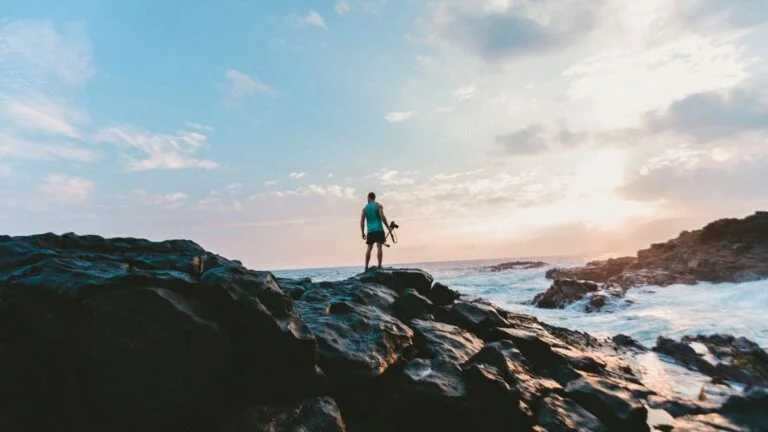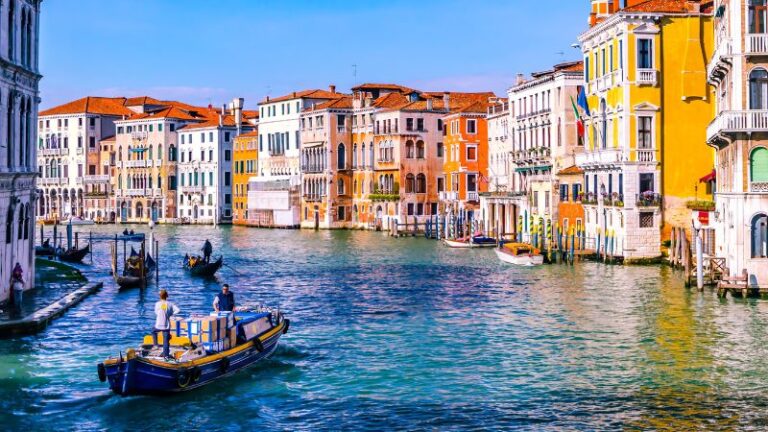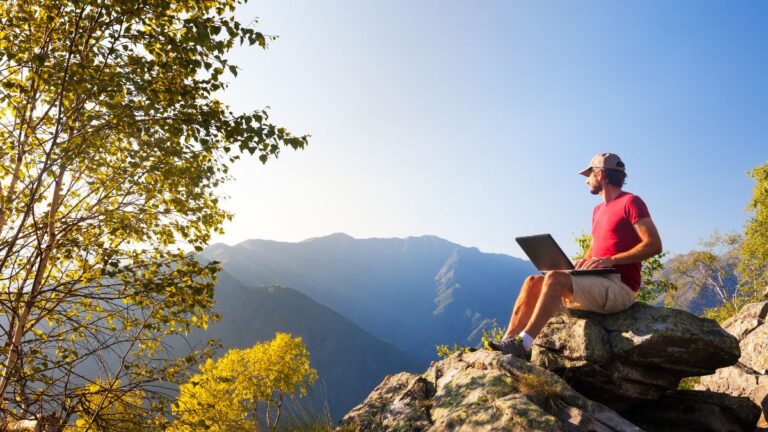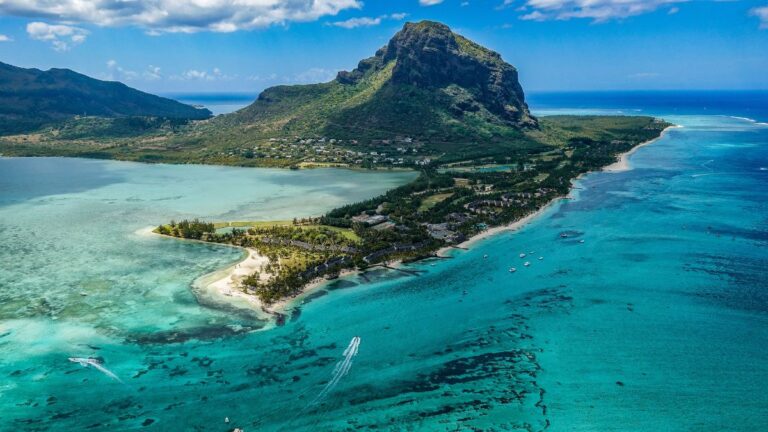Can You Take Sand From Hawaii? Is It Legal?
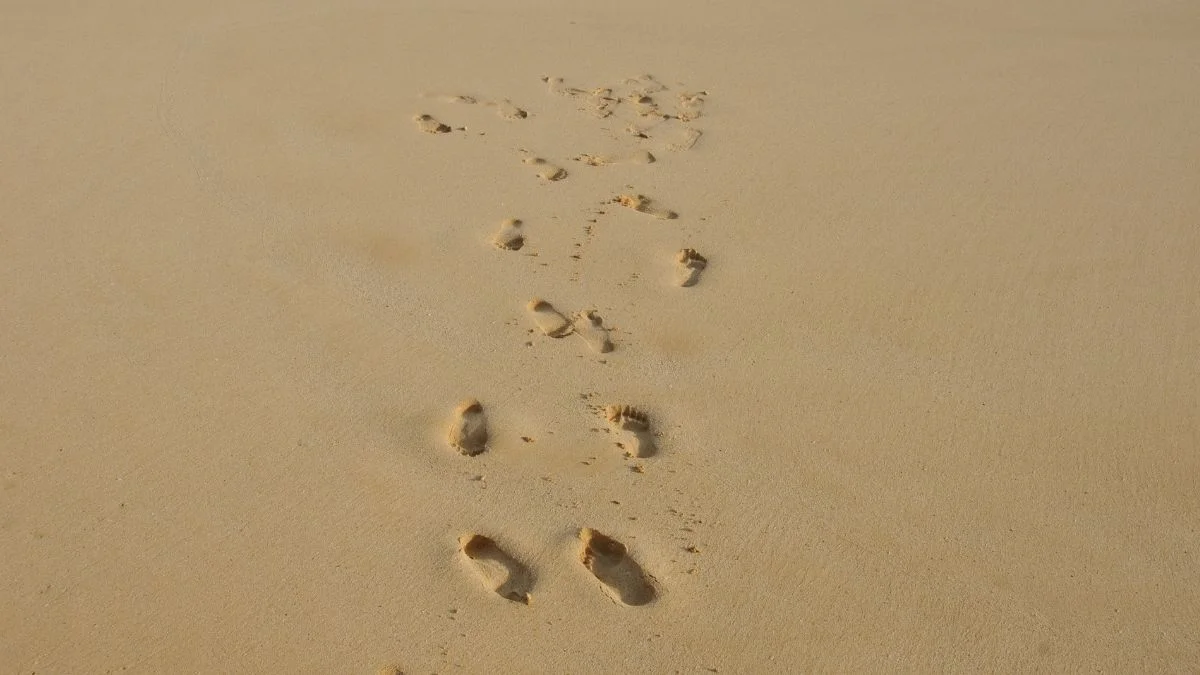
As participants in Amazon Associates and other programs, we earn from qualifying purchases. This comes at no additional cost to you. For more details, see our Affiliate Disclosure.
Many a beachgoer has marveled at Hawaii’s uniquely diverse sandscapes – from the snow-white sands of Kailua to the enchanting black sands of Punaluu, and the rare olive green sands of Papakolea. These vibrant spectacles inspire awe and often arouse a desire to capture a piece of this natural beauty as a keepsake. But is it legal to collect and take sand from the paradise that is Hawaii?
This article delves into the implications, both legal and environmental, of scooping up a jar of these stunning granules to take home. By exploring the laws, consequences, and alternative ways to keep your Hawaiian memories alive, we aim to arm you with information that can help you make responsible and informed decisions during your visit to these magnificent islands.
Understanding Hawaiian Sand: More than Just Tiny Rocks
Hawaiian sand is as diverse and unique as the archipelago’s flora and fauna. It’s much more than just tiny rocks – it’s a complex product of various geological and ecological processes. The distinct colors you see, whether white, black, red, or even green, are all influenced by the geological composition of each specific area. For instance, the black sand of Punaluu Beach owes its striking color to the volcanic activities of the island, as it is primarily made of basalt, a common volcanic rock.
The white sand beaches, like those in Kailua, are largely composed of broken down coral, shells, and limestone over thousands of years, and occasionally, broken down quartz. The famous green sand of Papakolea Beach is a rare gem, with its color derived from a mineral called olivine that spews out of Hawaii’s volcanoes and accumulates over centuries.
This rich diversity of sand types is a crucial component of Hawaii’s unique ecosystems. Each grain of sand plays an important role, whether providing habitat for microorganisms, supporting vegetation growth, or assisting in the natural process of shoreline erosion and accretion. As a result, the sand in Hawaii is more than just a picturesque backdrop – it’s an essential element of the islands’ environmental and geological fabric.
The Legal Perspective: Is Taking Sand From Hawaii Legal?
The simple answer to the question is no, it’s not legal to remove sand from Hawaii’s beaches. According to the Hawaii Administrative Rules, under the Department of Land and Natural Resources, Division of State Parks’ regulation, it’s prohibited to remove any form of natural resources, including sand, from state park lands and beaches.
Specifically, the law mentioned is Hawaii Revised Statutes, Section 171-58.5. The statute, which was established in 1997, prohibits the removal of sand from the state’s shorelines and further carries penalties for violators.
This restriction isn’t exclusive to sand, either. It’s also illegal to remove rocks, shells, and other geological features or fauna from Hawaii’s beaches. This legislation is rooted in both environmental and cultural considerations, seeking to preserve the natural beauty, ecological balance, and the integrity of cultural sites in Hawaii. The goal is to ensure that future generations will be able to enjoy and appreciate Hawaii’s unique natural wonders just as we do today.
In the next sections, we will delve deeper into the specifics of the law, the reasons behind it, and the potential consequences of violating it.
Unpacking the Law: The Hawaii Revised Statutes Section 171-58.5
Hawaii Revised Statutes, Section 171-58.5, enacted in 1997, is specifically designed to protect the state’s unique and beautiful shoreline. This law states explicitly that “the taking of sand, dead coral, coral rubble, or rocks, or any other geological features or specimens, for any purpose whatsoever, from the shoreline area is prohibited.”
When the law refers to the “shoreline area,” it’s referring to all land lying within the area between the upper reaches of the wash of the waves (other than storm or seismic waves) at high tide during the season of the year in which the highest wash of the waves occurs, usually evidenced by the edge of vegetation growth, or the upper limit of debris deposited by the wash of the waves.
Violation of this law can result in a fine and even potential criminal charges, depending on the severity and persistence of the offense. The law covers not just sand, but all geological features and specimens, making it illegal to take any rocks, coral, or similar features from the beaches of Hawaii.
This law aims to preserve Hawaii’s natural resources and protect the ecological integrity of its beaches. Moreover, it acknowledges the cultural significance of these natural elements, recognizing that they play a critical role in the indigenous Hawaiian culture.
The law does not only apply to tourists but also to residents of Hawaii. Whether you’re visiting or live on the islands, the law is clear: the geological features of Hawaii’s beaches should not be removed.
The Environmental Impact: Why This Law Exists
While taking a small bottle of sand may seem harmless, the collective impact of millions of visitors doing the same can result in significant environmental degradation. Here are a few reasons why the Hawaii Revised Statutes Section 171-58.5 exists from an environmental perspective:
- Preventing Beach Erosion: Beaches naturally erode and rebuild with time. However, when humans remove sand, shells, and rocks, it disrupts the process and accelerates erosion. Given that Hawaii’s beaches are already under threat from rising sea levels due to climate change, preserving the existing sand becomes even more critical.
- Protecting Habitats: Hawaiian beaches are home to diverse organisms, from tiny invertebrates in the sand to nesting sea turtles. When sand is removed, these habitats get disrupted, potentially harming the local fauna.
- Preserving Unique Geological Features: Some beaches in Hawaii, like the green sand beach of Papakolea, are incredibly rare. The green sand on this beach comes from a mineral called olivine, which is found in one of the island’s volcanic craters. As this sand is not easily replaced, it’s crucial to preserve what exists.
- Maintaining Coastal Vegetation: Sand dunes, held in place by coastal vegetation, act as natural barriers protecting the land from ocean waves and storms. Removing sand destabilizes these structures, threatening the vegetation and making the land more susceptible to damage from natural disasters.
These are just a few examples of why this law is in place. The overarching goal is to maintain the balance of Hawaii’s delicate ecosystems, ensuring the islands remain a paradise for generations to come.
Consequences of Violating the Law: It’s More Than Just a Fine
Violation of Hawaii Revised Statutes Section 171-58.5 is considered a serious offense and the law provides for strict penalties. While the exact penalty can vary depending on the severity of the violation, it typically includes a fine. However, the consequences extend beyond just financial penalties.
- Legal Consequences: Taking sand, rocks, or any other geological features or specimens from the beach can lead to a citation, much like a traffic ticket. The monetary fine associated with this citation can be substantial. In more severe cases, if large amounts of sand are removed, or if someone repeatedly violates the law, they could potentially face misdemeanor charges, which could result in even larger fines and possible imprisonment.
- Ecological Consequences: Violating this law contributes to the degradation of Hawaii’s beaches and ecosystems. It accelerates beach erosion, harms local habitats, and potentially leads to the loss of rare geological features.
- Cultural Consequences: For Native Hawaiians, the land (‘āina) is considered sacred. Removing sand or rocks is not just an ecological issue, but a cultural one as well. It is viewed as disrespectful to the cultural beliefs and practices of the local community.
- Personal Consequences: On a personal level, violation of this law can result in a sense of guilt and regret. Many tourists are unaware of the law when they take sand from the beach. However, learning about the negative impacts after the fact often leads to feelings of remorse.
Understanding these consequences can help inform visitors to make more responsible decisions that support the preservation of Hawaii’s unique and beautiful natural environments.
The Cultural Significance of Sand in Hawaii
In Hawaii, sand holds a deep cultural significance, deeply intertwined with the indigenous Hawaiian culture, history, and belief systems. The concept of ‘āina, or land, is central to the Hawaiian worldview. It’s seen as a living ancestor, a provider, and is revered and respected. In this context, sand isn’t just a part of the beach – it is part of the living ‘āina that sustains and nurtures life.
- Spiritual Connection: For Native Hawaiians, all elements of nature are imbued with mana, a spiritual energy. Sand, being a part of the natural world, shares in this divine energy. Removing sand is considered not only an environmental concern but also a spiritual violation.
- Symbolic Meanings: In some Hawaiian chants and stories, sand, along with other natural elements like wind, rain, and rocks, are often used symbolically to convey deeper meanings or historical narratives.
- Historical Significance: Some Hawaiian beaches, especially those with unique colored sand, have historic significance. They serve as reminders of the island’s volcanic origins and the continuous geological transformations that have taken place over thousands of years.
- Importance in Rituals and Practices: Sand also plays a role in certain cultural rituals and practices, such as in ceremonial architecture or rites that connect the spiritual and physical world.
Sand in Hawaii is more than just a physical substance. It’s a link to the past, a part of cultural identity, and a symbol of the intricate relationship between the Hawaiian people and their environment. By respecting this, visitors can foster a deeper appreciation for Hawaii’s cultural richness and contribute to the preservation of its heritage.
Alternatives to Taking Sand: Sustainable Ways to Remember Your Hawaiian Vacation
While the allure of taking a tangible memento from your Hawaiian vacation may be strong, there are several alternative ways to remember your trip that won’t harm the local environment or violate any laws.
- Photography and Videography: Capture the beauty of the beaches, the stunning landscapes, and memorable moments with photos and videos. These can serve as timeless keepsakes that transport you back to the sights and sounds of Hawaii whenever you wish.
- Local Art and Crafts: Support the local economy by purchasing art, crafts, or jewelry made by local artisans. Many of these pieces will reflect the natural beauty and cultural heritage of Hawaii, making them a meaningful memento.
- Postcards and Books: Local postcards often feature beautiful imagery from around the islands. Similarly, books about Hawaii’s history, culture, or natural environment can provide lasting memories and valuable knowledge.
- Participation in Cultural Activities: Engage in local cultural activities, such as lei-making, hula dancing, or a traditional Hawaiian luau. These experiences will create unforgettable memories and a deeper understanding of Hawaiian culture.
- Conservation Contributions: Consider contributing to local conservation efforts, either by volunteering or making a donation. Not only will this help protect Hawaii’s unique ecosystems, but it will also create a positive impact that far outlasts your visit.
- Sand-Free Souvenirs: Many souvenir shops sell items that feature sand, rocks, or shells encased in resin. These items are often made with materials legally and sustainably sourced.
Remember, the true spirit of travel lies in the experiences gained, the knowledge acquired, and the memories created. By choosing sustainable alternatives, you are ensuring that future generations can also enjoy the beauty and charm of Hawaii.

